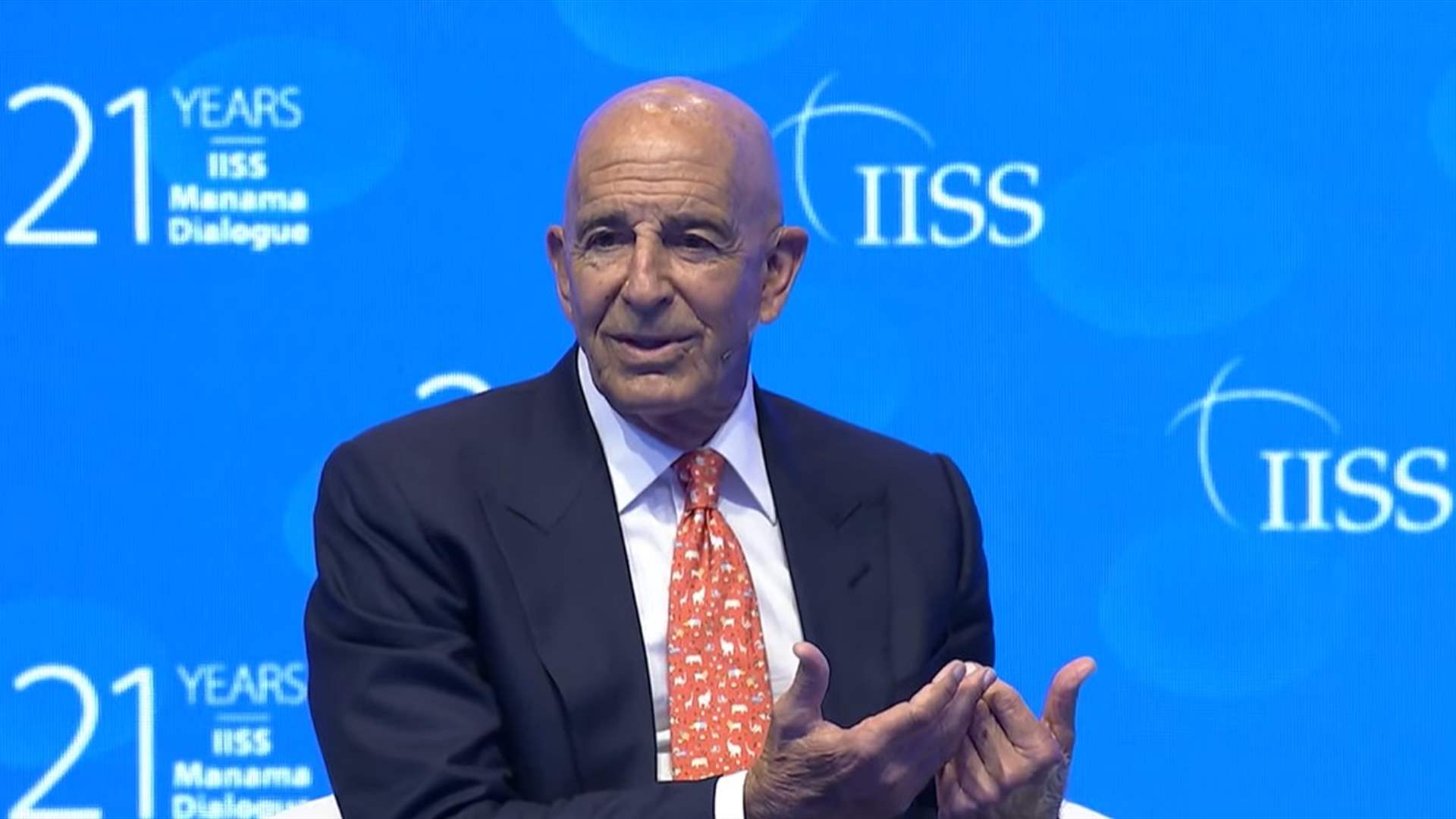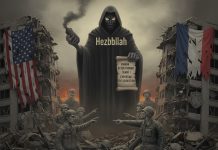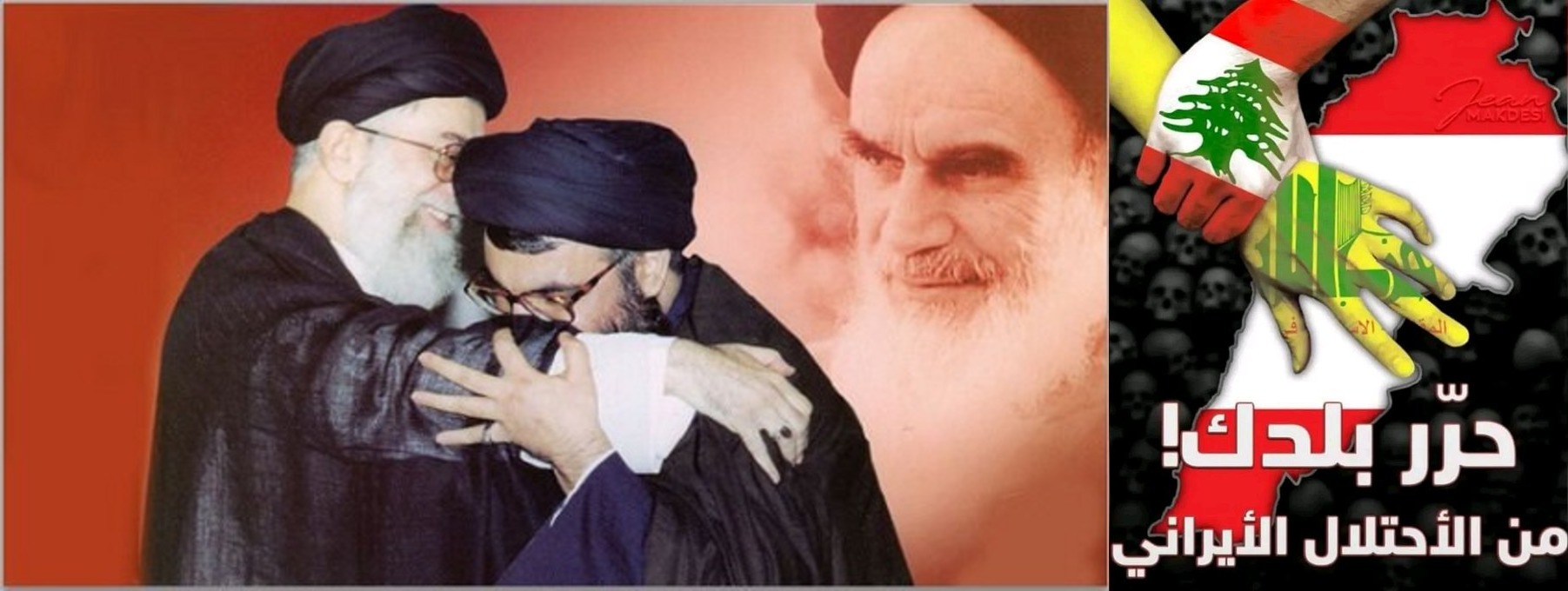The Parties of God, the Amal Movements, and the Shiite Generations
Dr. Ali Khalifa/ Nidaa Al-Watan/May 09, 2025
(Free translation from Arabic by, Elias Bejjani)
أحزاب الله وحركات أمل وأجيال الشيعة
د. علي خليفة/نداء الوطن/09 آيار/2025
من المظاهر البارزة للسقوط البنيوي داخل “حزب الله”، تنامي الاختلافات غير المسبوقة ضمن القيادة الحالية المتشكّلة على أنقاض مقتلة حرب الإسناد وانكفاء النفوذ الإيراني عن لبنان. فيبرز حزبٌ داخل “حزب الله” يميل إلى التهدئة السياسية، مقابل “حزب الله” آخر أكثر ارتباطاً بالحرس الثوري الإيراني الذي يدفع باتجاه التمسك بالسلاح. بالإضافة طبعاً إلى “حزب الله” وفيق صفا، متعهد الأعمال الوسخة على رأس فيلق “الموستيكات”. ومن أحزاب الله أيضاً “حزب الله” الجيل الثاني من الذين قاتلوا في سوريا ويعتبرون اليوم أن التورط الإقليمي أضرّ بـ “الحزب”.
و”حزب الله” الجيل الجديد ينفكّ تدريجيًا عن العناصر التي قامت عليها دولة “حزب الله” وهي مجتمع الدم ومدرسة التعبئة واقتصاد العقوبات والنمط الموجه في الثقافة. لم تعد مفاهيم مثل “الشهادة” و”المحور” تلقى الصدى نفسه بين من وُلدوا بعد 2006، بل أصبحت تُقابل بأسئلة ناقدة: لماذا نقاتل؟ ومن أجل من؟ وماذا جنينا؟ وظهرت تسجيلات لأبناء هذا الجيل تحديداً يناقشون بسقف عالٍ الأمين العام المنصرم لـ “حزب الله” حسن نصرالله على خيار دخول الحرب وجدواها.
القيادة التاريخية المتبقية لـ “الحزب” التي كانت موحدة حول “المقاومة”، تواجه اليوم تساؤلات داخلية ترقى إلى مستوى التصدعات البنيوية. و”حزب الله” أصبح بنتيجتها أحزاب الله.
كان “الحزب” منذ بداية الألفية يحكم مناطق نفوذه بنظام ضبط داخلي صارم: الأمن المضاد، اللجان الشعبية، القضاء الحزبي. لكن في الآونة الأخيرة، تزايدت الشكاوى من تفشي الفساد داخل هذه الأجهزة نفسها وظهرت حوادث عنف داخلي. إذ لم يكن مألوفاً مثلاً إطلاق نار بين أبناء عائلات محسوبة على “الحزب”، أو تهجم على كوادر حزبية من قبل سكان غاضبين.
هذا التآكل في البنية التنظيمية نتيجة الهزيمة العسكرية واضمحلال الموارد المالية، انعكس على صورة “الحزب” أيضاً والقدرة على الردع الاجتماعي. ممّا ساهم في توسيع الفجوة بين “الحزب” وشارعه.
حركة أمل بدورها، أصبحت حركات، نتيجة تخثّر قيادتها وأطرها التنظيمية: بين منشقين وحرس قديم ومناطق نفوذ ومحميات زبائنية وشخصية.
قسم كبير من أجيال الشيعة اليوم في خانة العزوف: لا انتماء ولا مشاركة. يجدون أنفسهم أمام بقايا تنظيمين لا يمثلان طموحاتهم. النتيجة هي انسحاب صامت من المجال العام أو الانشغال بالهجرة أو بالعمل. هذه الدينامية ستؤدّي إلى تغيّر في الهوية السياسية للطائفة الشيعية، وقد تحفّز نشوء وتعزيز التيارات الليبرالية في المشهد السياسي الشيعي خارج مظلّة أحزاب الله وحركات أمل.
The Parties of God, the Amal Movements, and the Shiite Generations
Dr. Ali Khalifa | Nidaa Al-Watan | May 09, 2025
(Free translation from Arabic by, Elias Bejjani)
One of the clearest signs of Hezbollah’s internal decay is the growing and unprecedented dissent within its current leadership—formed in the wake of the proxy war’s toll and Iran’s declining influence in Lebanon. A faction is emerging that leans toward political de-escalation, diverging from another wing still closely tethered to the Iranian Revolutionary Guard Corps and fully committed to the path of armed resistance. Then there’s the “Hezbollah” of Wafiq Safa—the contractor of dirty business and head of the notorious “Mosquitoes” corps.
Among these various branches is also the “second-generation Hezbollah”—those who fought in Syria and now believe that regional entanglement has damaged the Party. This new generation is gradually detaching itself from the pillars upon which Hezbollah’s parallel state was built: the cult of martyrdom, the mobilization machine, the sanctions-driven economy, and a tightly controlled cultural narrative. Concepts like “martyrdom” and “the axis” no longer resonate with those born after 2006. Instead, they are met with piercing questions: Why do we fight? For whom? And what have we gained? Leaked recordings reveal young members confronting former Secretary-General Hassan Nasrallah with remarkable candor over the rationale and consequences of past wars.
The Party’s aging leadership—once unified around “the Resistance”—now faces internal questioning that amounts to structural rupture. Hezbollah is no longer one entity, but multiple factions—the parties of God.
Since the early 2000s, Hezbollah ruled its territories through a rigid internal security regime: counterintelligence units, popular committees, and a party-run judiciary. But today, even these mechanisms are showing cracks. Complaints are mounting about corruption within the apparatus itself, and cases of internal violence have begun surfacing. Gunfire between families loyal to the Party or assaults on Hezbollah officials by frustrated residents were once unthinkable—now, they’re becoming part of the landscape.
The erosion of Hezbollah’s organizational coherence—driven by battlefield losses and diminishing financial support—has also damaged its image and weakened its ability to intimidate its social base. The gap between the Party and its constituency is widening.
The Amal Movement, too, is no longer a unified force. It has splintered into “movements,” paralyzed by ossified leadership structures and divided by defectors, aging elites, localized fiefdoms, and networks of personal patronage.
A large segment of today’s Shiite generations now belongs to a third category: abstention. They hold no affiliation, show no participation. Faced with the crumbling remnants of two organizations that no longer represent them, many are retreating from public life, focusing instead on emigration or day-to-day survival. This silent withdrawal is likely to alter the political identity of the Shiite community and could pave the way for the emergence—and eventual rise—of liberal, reformist currents outside the orbit of the “Parties of God” and the fractured Amal movements.






















